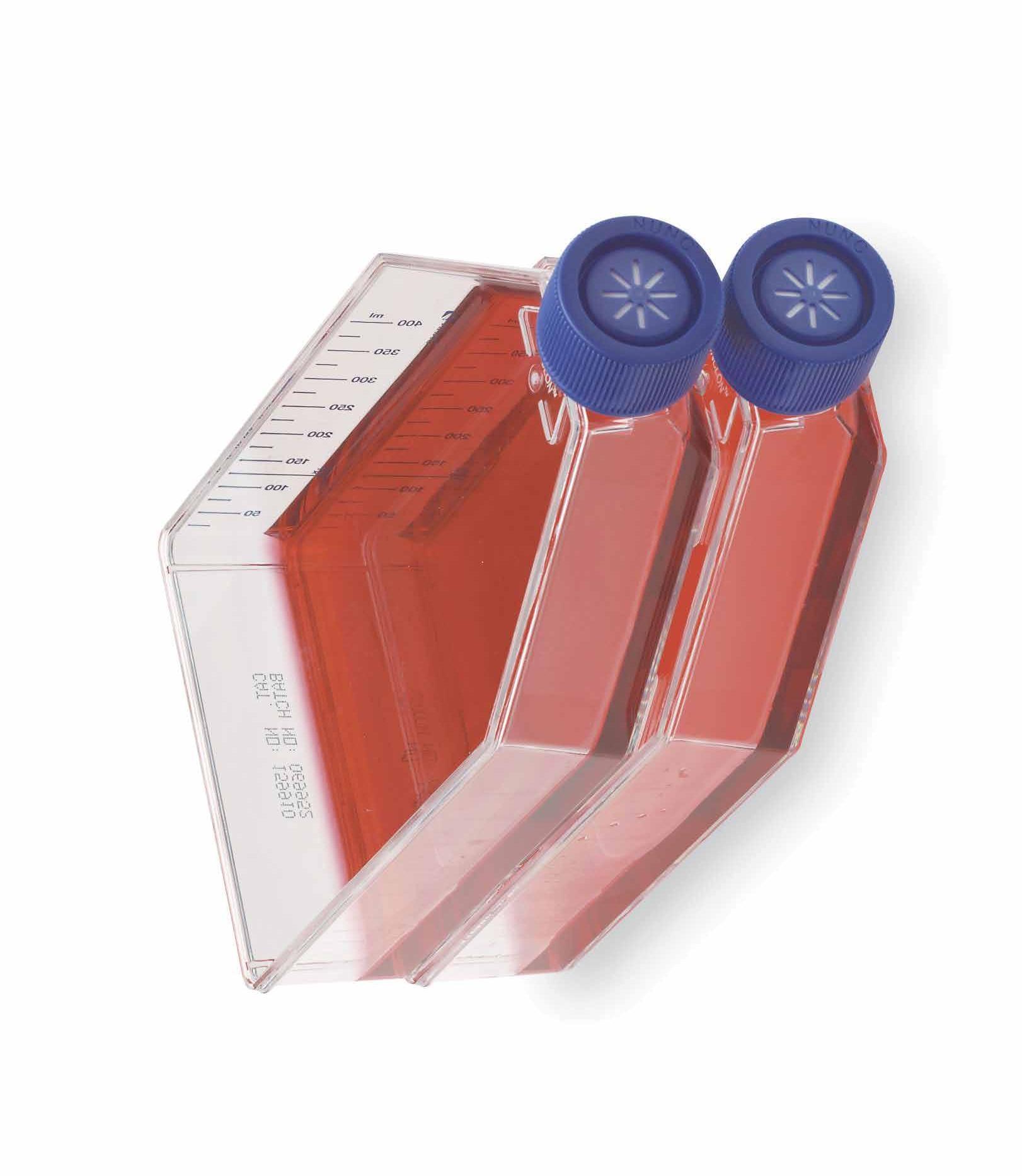
2 minute read
Corporate Partner: Applied Materials
Applied Materials’ Lab-on-a-Chip Technology Hopes to Gain Advantage on Cancer
BY MARY SPIRO
Advertisement
Improved diagnostic tools save lives through more accurate and earlier diagnoses. To that end, Johns Hopkins Institute for NanoBioTechnology has partnered with Applied Materials (AMAT) of Santa Clara, California to discover ways the company’s core capabilities can be leveraged to solve specific problems in health care.
Applied Materials offers INBT its unique expertise in high-speed imaging as well as in nanofabrication techniques to enable more sophisticated devices that can be scaled, said Jim Dietz, director of new business development at Applied Materials
Dietz, a 1993 Johns Hopkins alum in the Department of Chemical and Biomolecular Engineering, first heard about INBT in 2014 when he served as a Mentor in Residence for the university. Over the last 18 months, INBT’s director of corporate partnerships, Tom Fekete, and representatives from Applied Materials have discussed ways the two entities can work together. Dietz said that establishing a relationship with a world-class research university such as Johns Hopkins and an organization such as INBT, which has a “strong interaction between clinicians and engineers working to solve important medical questions,” presents exciting challenges for Applied Materials.
“Healthcare is a brand new area for AMAT, and we want to align ourselves with thought leaders to solve big problems,” Deitz said.
One area where Applied Materials particularly hopes to contribute its expertise is in lab-on-a-chip technology, particularly as it can be applied to diagnostic techniques in clinical oncology. “Our sweet spot is any diagnostic approach that lends itself to fabrication on silicon or glass to achieve high performance.” Dietz said. “We see the future of clinical oncology being driven by significant advances in biosensor and imaging technologies on the front end, coupled with big gains in analytics on the back end, which will deliver increasingly targeted and effective treatments to improve patient outcomes.”
This collaboration between INBT and AMAT is part of the Institute’s Corporate Partnership program, which seeks to connect Institute researchers with industry professionals to achieve common goals. For more information about INBT’s Corporate Partnership Program, contact Tom Fekete via email at tmfeke@jhu.edu.
To learn more about Applied Materials, go to www.appliedmaterials.com.
Applied Material’s uVision system has the industry’s smallest optical inspection pixel size, enabling cutting-edge R&D activities. IMAGE: Applied Materials
http://inbt. jhu. edu/g iv ing MAKE A GIFT

Johns Hopkins University Institute for NanoBioTechnology Suite 100, Croft Hall 3400 North Charles Street Baltimore, MD 21218

